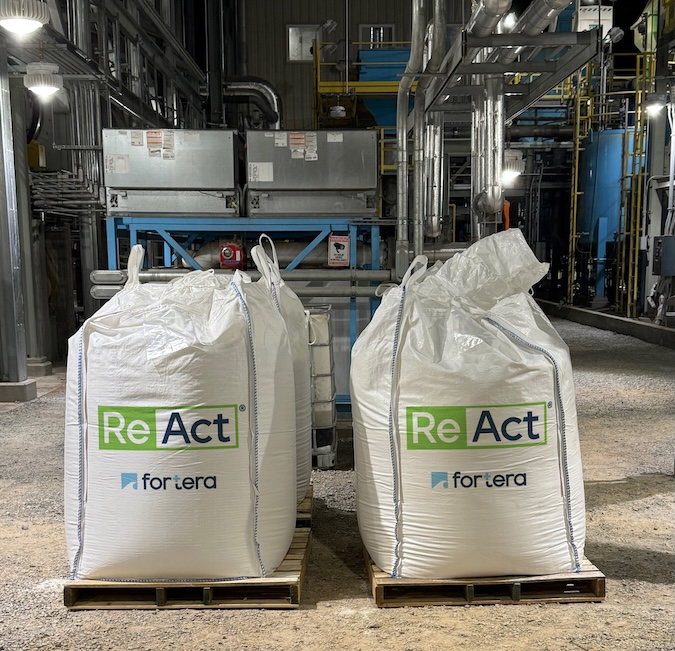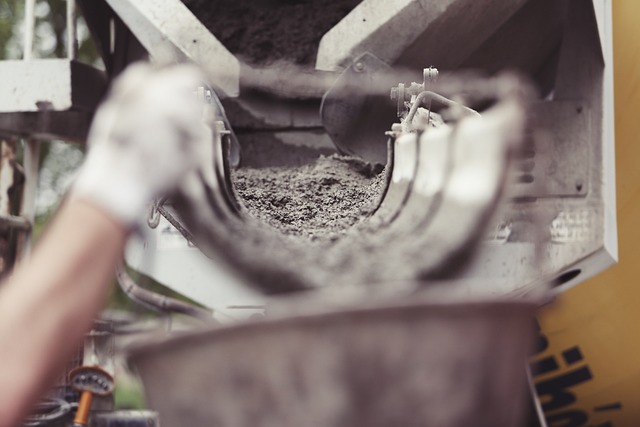The Portland Cement Association (PCA) Market Intelligence Group released cement consumption and real put-in-place construction spending forecasts for the Northeast, Central, West and Southeast United States.
Northeast
The Northeast has been hit hard by COVID-19, leading to cement consumption declining by a projected 0.6% in 2020 and PCA Market Intelligence projects further decline in 2021 by nearly 1%. The Middle Atlantic was down nearly 4% in 2020; however, the East North Central and New England were up 0.7% and 2.8 %, respectively. Following this, PCA Market Intelligence expects cement consumption in the Northeast will decline by 0.9% in 2021. The declines are evenly spread over the three census divisions with the Middle Atlantic down 1%, East North Central down 0.8%, and New England down 0.8%.
The residential market served as the primary growth engine of 2020 in the Northeast. This is expected to fall off slightly in 2021 (-0.9%) but again continue its growth in 2022 and throughout the forecast horizon. Look for the commercial market to decline further in 2021 and 2022 as there have been many business closures and other economic scarring due to COVID-19 but will begin to recover in 2023 and grow through 2025. In the Middle Atlantic, public cement consumption is projected to decline 0.4% in 2021 on top of a 1.9% decline in 2020. The Northeast is generally expected to lag behind national trends in public cement consumption given state fiscal conditions and the characteristics of the region.
Central
After a slight 2020 decline in the West South Central census division, PCA Market Intelligence expects cement consumption to grow 2.9% in 2021. The COVID-related construction disruptions were much more muted in the interior U.S. in relation to many coastal states. The regional decline last year was largely attributed to weakness in oil well cement demand on account of the substantial decline in drilling activity. Excluding oil well cement, construction related cement consumption grew 3.1% in 2020. Near-term growth is expected to be driven primarily by residential construction as well as slow, but steady, recovery in oil well cement demand along with continued support from the public sector.
The West North Central census division cement demand is expected to be flat for 2021 following an expansion of 7.2% in the previous year. The strong growth was fueled by a mix of residential and government-related demand while agriculture and commercial cement demand was a drag in 2020. North Dakota was the only regional state to experience a decline in demand last year – largely due to weakness in energy exploration and production. Despite the lack of growth, the region is expected to maintain levels of cement demand not seen since 2006.
West
After a flat market in the Pacific region in 2020, PCA Market Intelligence expects cement consumption will grow 0.9% in 2021. The Pacific was among the hardest hit by the impacts of COVID-19 with Washington and the San Francisco Bay area not exempting all forms of construction in the spring. California finished the year with growth, while Washington – despite strong gains in the second half of the year – saw a decline in cement consumption in 2020. Oregon had recorded double-digit gains in cement consumption in four of the five years going into 2020 but saw a steep decline as cement intensities normalized. Near-term growth in the region is projected to be driven primarily by residential construction.
The Mountain region led the U.S. in growth (around 10%) in 2020. The region has healthy underlying economic fundamentals and favorable demographic trends. Utah and Idaho have seen some of the quickest rebounds in employment since the beginning of the pandemic, with each state in excess of 92% of total jobs recovered. There are areas of concern, however, with Nevada’s high exposure to leisure and hospitality and New Mexico and Wyoming’s reliance on oil. PCA Market Intelligence expects the region to decline 1.3% in 2021 as the commercial and public sectors are forecasted to turn negative, while the robust housing market continues to grow.
Southeast
Cement consumption in the South Atlantic census division ends in the positive territory amid the COVID-19 crisis thanks to positive in-migration fueling housing constructions. Riding on the back of this trend, PCA Market Intelligence expects cement consumption to grow by 3.0% in 2021.
While new home construction will be doing the heavy lifting, projects supporting these new housing developments – namely water, sewerage and local roads – will also add to cement consumption in the region. Warehouse construction will contribute to higher cement consumption as e-tailers continue to adopt a “just in case” strategy.
Demand in the East South Central census division is also expected to be positive, led by strong in-migration to Alabama and Tennessee and robust new home construction, consumption will increase by 3.7% in 2021. The oil and gas sector in Alabama will likely contribute to the strength as prices climb back from the 2020 low. Demand from the logistics and distribution sector in Tennessee will also drive cement consumption.



